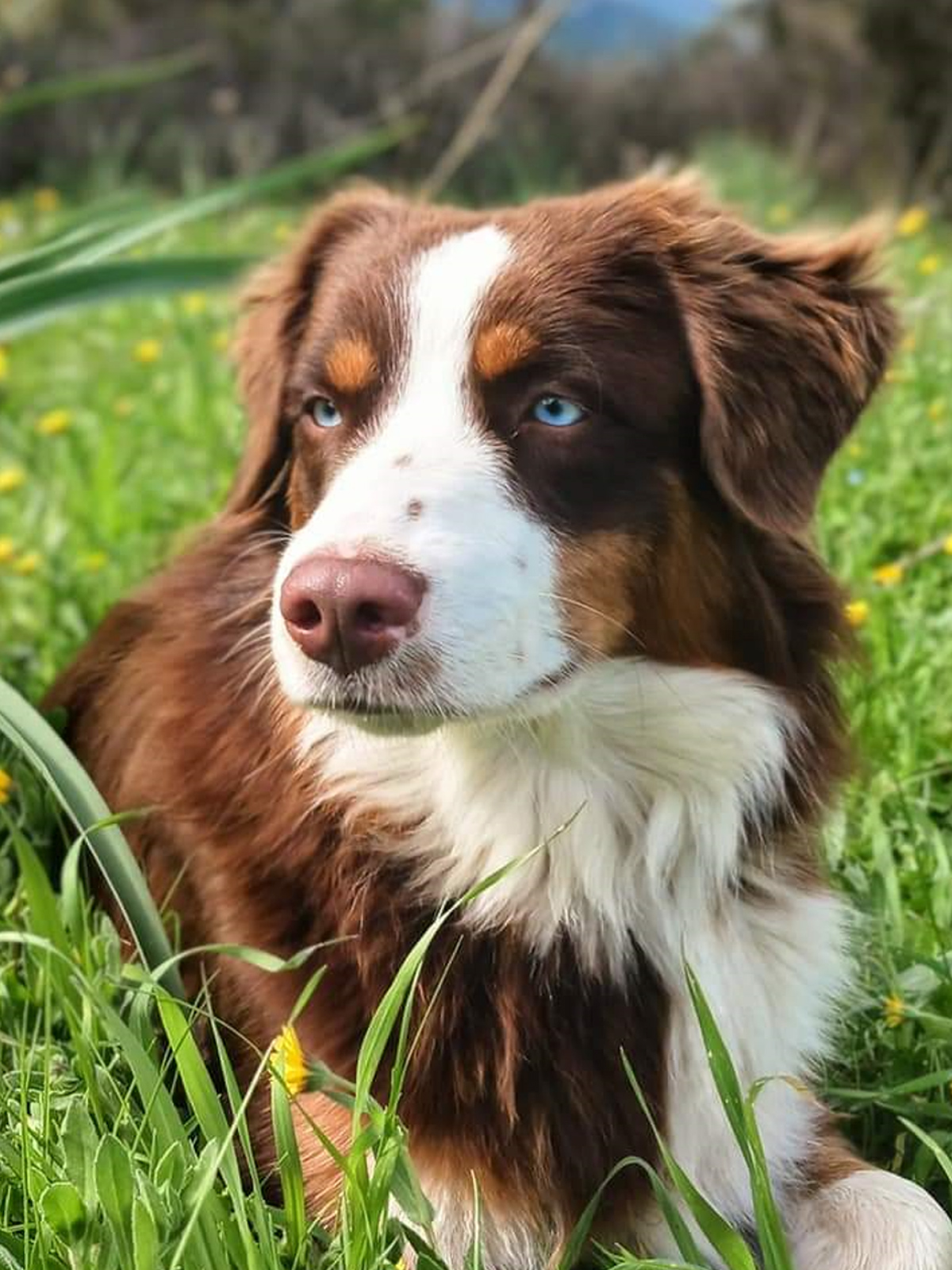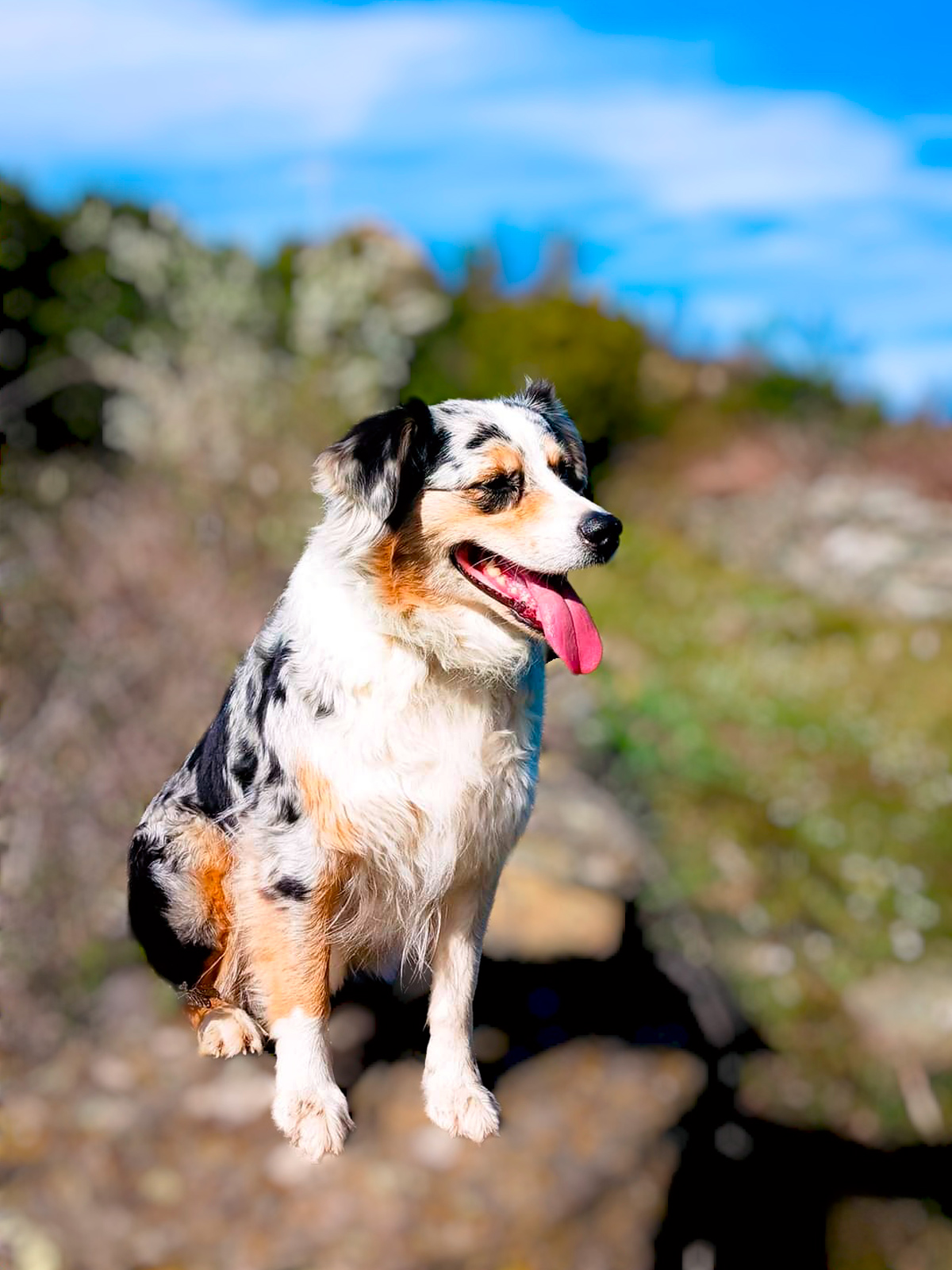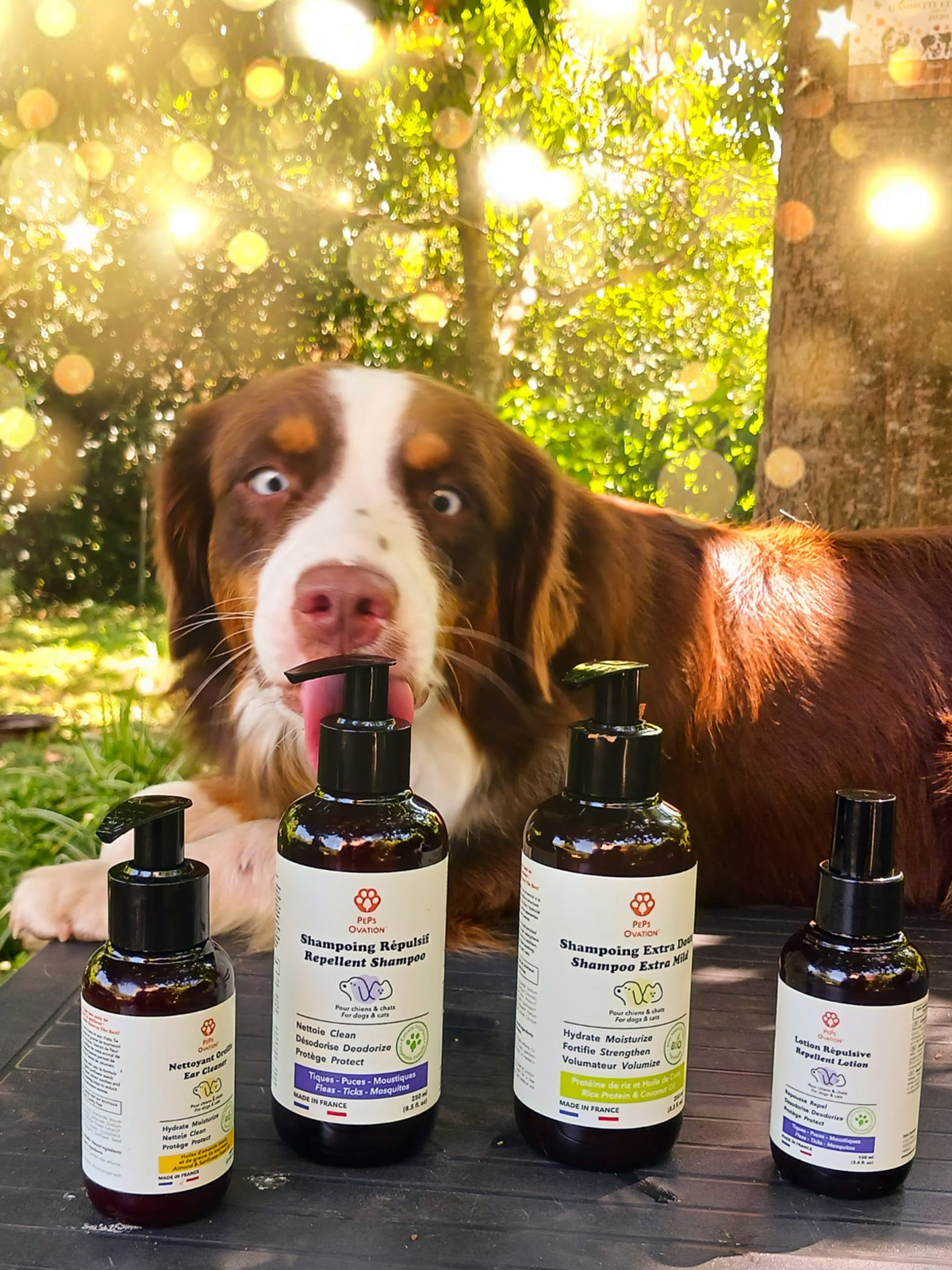Dog’s Nose
Smell is one of a dog’s most important and highly-developed senses. When dogs sniff the air around them and objects they come into contact with, it gives them a better understanding of their environment and even helps improve their perception of movement. A human’s sense of smell has a maximum of six million sensors, while an adult dog’s may have between 200 and 3 billion sensors depending on the breed!
A dog’s nose is powerful and vulnerable at the same time, and it is especially important in the life of your animal. If it is injured, the dog can soon become very unsettled. But did you know that you can also tell the health of an animal by the state of its nose?
The nose is highly sensitive, a thermometer that tells us about the condition of the dog’s body. Even though it is not a foolproof indicator, it’s worth monitoring your dog’s nose on a regular basis since its temperature or condition can tell you a lot about your pet’s health.
A very hot nose almost always means that the dog has a fever. But it isn’t necessarily a cause for concern if this is the only symptom. There are always different signs that indicate a dog is ill:
Changes to a dog’s nose may be the result of simple superficial damage or they may indicate that the animal is suffering from an illness or deficiency. Certain signs should set alarm bells ringing:
In each of the above cases, you should check your dog’s general state of health; if you notice any other unusual signs, don’t think twice about going to see a vet.
A healthy nose should be cool, moist and shiny.
Parasites
Preventing external parasites is of vital importance for your pet’s health! These parasites bite the animal so they can feed on its blood, and they don’t just cause skin diseases, but also illnesses such as:
These are the main parasites:
Advice for Dogs after swimming:
After applying a Repellent, the Dog can go into the water without risk of water pollution.
However, in case of swimming in sea or salt water, it is imperative to rinse your pet with water after swimming in order to eliminate salt residues, which can irritate it. And, the shampoo and/or the lotion will no longer be effective, it will be necessary to renew the protection with the Repellent Lotion.





